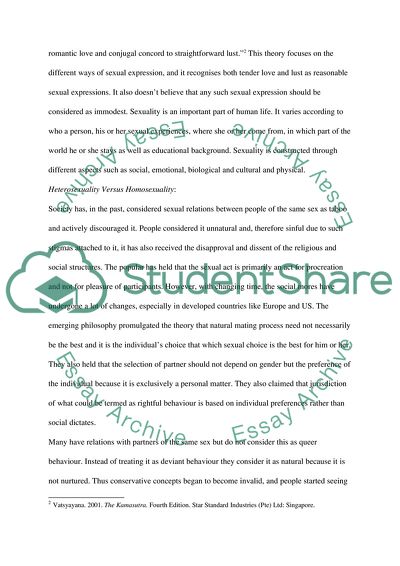Cite this document
(“Sexuality Essay Example | Topics and Well Written Essays - 2750 words”, n.d.)
Retrieved from https://studentshare.org/miscellaneous/1539400-sexuality
Retrieved from https://studentshare.org/miscellaneous/1539400-sexuality
(Sexuality Essay Example | Topics and Well Written Essays - 2750 Words)
https://studentshare.org/miscellaneous/1539400-sexuality.
https://studentshare.org/miscellaneous/1539400-sexuality.
“Sexuality Essay Example | Topics and Well Written Essays - 2750 Words”, n.d. https://studentshare.org/miscellaneous/1539400-sexuality.


